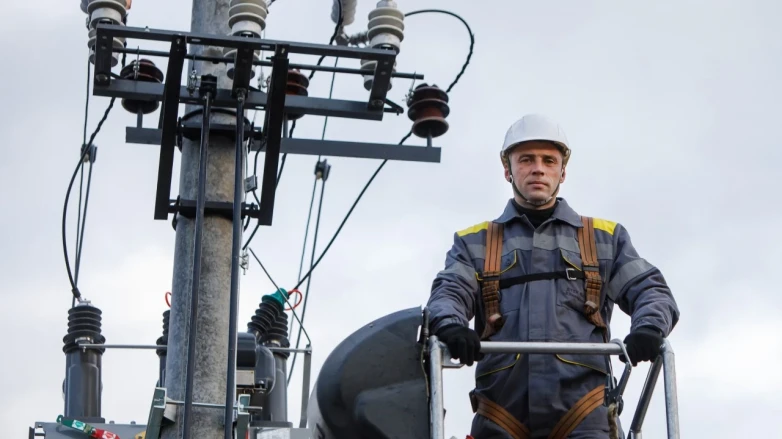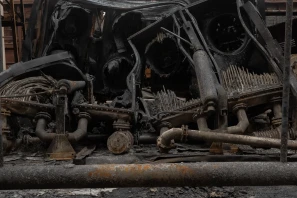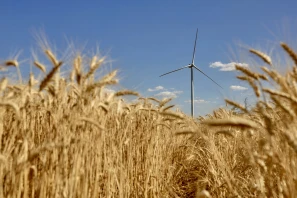The Wall Street Journal reporters Isabel Coles and Jenny Strasburg, supported by photographs and videos from Serhii Korovayny, have documented DTEK's efforts to maintain Ukraine's power supply in the face of russian attacks. Their investigation reveals the challenges facing DTEK as it works to keep the country powered through another harsh winter.
The reporters detail the story of the Kurakhove power station, where plant manager Anatoliy Borichevskiy and his 1,000-strong workforce faced the task of dismantling their own facility – a plant that had been the cornerstone of their community for generations. This difficult decision came after russian forces advanced to within four miles of the facility, making its continued operation impossible.
DTEK CEO Maxim Timchenko shared with the WSJ team the impact of russia's strategic shift to targeting energy infrastructure, which destroyed about 80% of DTEK's generation capacity in just weeks during spring attacks.
"I could never have imagined it would happen," Timchenko told the reporters while showing them footage of a missile-damaged turbine hall.
The article highlights DTEK's response to the crisis, including the complex logistical operation to salvage vital equipment from Kurakhove for use in other facilities. Workers faced numerous challenges, from broken hydraulic pushers to snapped cables and damaged vehicles, all while working under the threat of nearby russian forces.
The WSJ investigation also reveals DTEK's diplomatic efforts across Europe and the United States to secure replacement parts and support. In discussions with U.S. officials, Timchenko emphasised that air defence capabilities, rather than financial assistance or equipment, were the most crucial need.
Thanks to the repurposing of Kurakhove's equipment and the dedication of DTEK's engineers, the company has managed to restore about 60% of its pre-attack capacity, up from a low of 10%. However, the International Energy Agency warns that Ukraine could still face a significant power shortfall during peak winter demand.
For the full article, please visit The Wall Street Journal's website.









